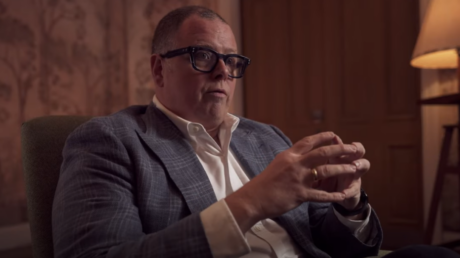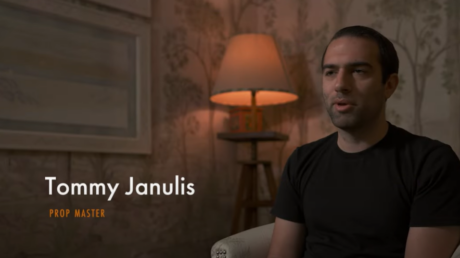Who knew that an inanimate object, a volleyball nonetheless, could evoke such profound feelings of loss in viewers? But, Wilson is not just a volleyball. More than two decades after Castaway’s release, fans still talk about Tom Hanks’ beloved companion.
Product placement enriches stories. Look no further than the trail of Reese’s Pieces in E.T. or AOL’s omnipresent role in You’ve Got Mail, to understand specific products’ ability to enable deeper, more authentic storytelling.
Product placements embed brands into the cultural conversation by naturally weaving products into stories and associating them with the shows, characters, and plot twists everyone is talking about, like Netflix’s Stranger Things. The character Eleven’s waffle obsession made Eggo Waffles the talk of the town, and Kellogg’s can trace skyrocketing sales directly to the show. Eggo’s revenue jumped 9.4% during the first half of 2018 — which is when season 2 aired. (source)
Consider product placement to be brand empowerment, as integrations build meaningful connections with your target audience. Season 2, of the HBO hit series White Lotus not only made us all wish we were vacationing in Sicily, but made viewers thirsty for a spritz, Aperol Spritzs to be exact! The Italian brand saw a spike of 50% in Aperol sales in the US after the series featured multiple Aperol Spritz cocktail moments throughout season two. The impact on Aperol’s business has been aptly named “The White Lotus Effect” (source).
When done right, product placement can take an active role in being part of important societal topics. Lil Nas’s “That’s What I Want” music video featured Durex’s condom, which made the company a part of the safe sex dialogue and generated a double-digit lift in sales.




